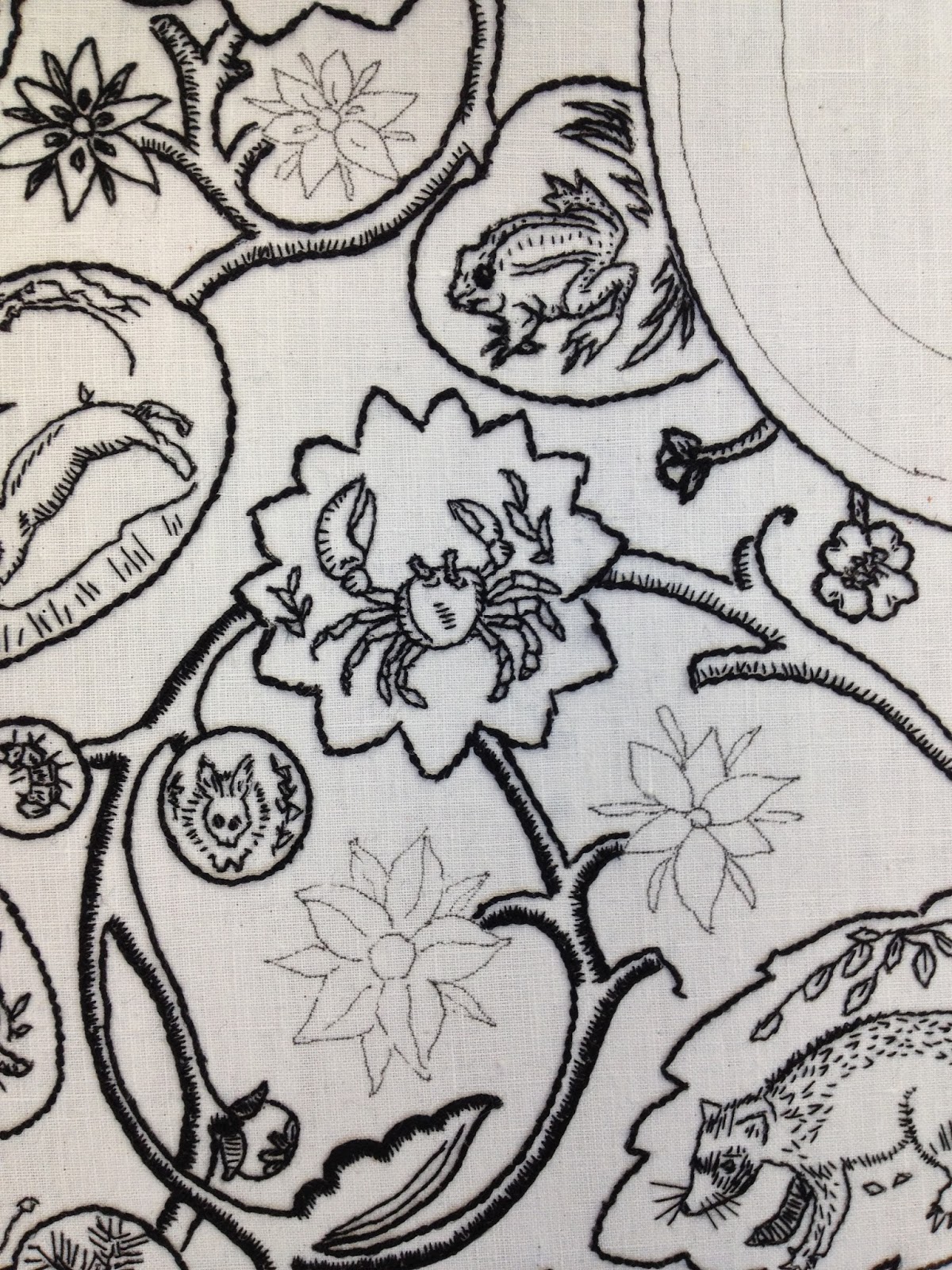 |
| Canal Walk in Richmond, VA |
If you are anything like me you are in the middle of
research prep and finalizing your schedule for next week. The printed guide I picked up
at my local genealogy society meeting is marked to bits.
There are so many great choices…now if I could only clone myself!
Throw into the mix that I volunteered to help at the
conference and pick up drop off for my kids, I have a scheduling nightmare.
Well, actually, it may help cut down on my choices. I am still waiting to hear back on which “Ask
Me” shifts or room monitor assignments I am going to have. When I get those it may completely re-work my
selection! Waiting patiently for
information is not something I do easily.
As of right now, I think these are the lectures I am
going to attend. It may change, I have
to be flexible after all, but as of the time I writing these are what I am
going to attend! Of course, if I am
still trying to decide I will list both.
Maybe you can help me decide?
Wednesday
8:00 AM Opening
Session ‘Cause,
why would I miss this? Seriously, it
looks great!
11:00 AM BCG Skillbuilding Track: Problems
and Pitfalls in a Reasonably Shallow Search, Elissa Scalise Powell
Virginia Track: Are
Those My early Virginia Ancestors? Spanning Gaps and Developing Theories to
Build a Possible Family Structure, Eric G. Grundset
2:30 PM Virginia Track: Using
Civil War Maps in Genealogical Research, Cassandra Britt Farrell
Tricks and Tips Track: Annotating
and Archiving Images, Jordan Jones
4:00 PM Methodology Track: The
Sociology of Cemeteries, Helen A. Shaw
State Research: Kentucky:
Where in the State Do You Relate? Louise T. Jones
Thursday
8:00 AM Virginia Track: From
Jamestown to the Present: The Records of the Virginia Land Office, Barbra
Vines Little
Research in the States Track: North
Carolina Research, Jeffrey L. Haines
9:30 AM Research in the States Track: The
Old Line State: Research at the Maryland State Archives, Patricia O’Brien
Shawker
The NYGBS Track: Looking
for Your New York Tenant Farmer: Little-Used Resources, Jane E. Wilcox
11:00 AM Methodology Track: Oh,
the Things You Can Map: Mapping Data, Memory, and Historical Context,
Stefani Evans
Migration Track: The
Migration Triangle: Virginia, the Carolinas, and Tennessee, J. Mark Lowe
2:30 PM BCG Skillbuilding Track: Using
Evidence Creatively: Spotting Clues in Run-of-the-Mill Records, Elizabeth
Shown Mills
Research in the States Track: Missouri:
The Crossroads of America, Ann Carter Fleming
4:00 PM BCG Skillbuilding Track: Finding
Thomas’s Father, Pam Stone Eagleson
German Track: Contrasting
German Migrations: 18th-Century vs. 19th-Century Waves,
James M. Beidler
Friday
8:00 AM Migration Track: Migration
Routes to Kentucky, Donald W. Rightmyer
National Archives Track: Tract
Books: Master Index to Federal Land Records, Angela Packer McGhie
9:30 AM BCG Skillbuilding Track: Disputes
and Unhappy Differences: Surprises in Land Records, Sharon Tate Moody
Spreading the News Track: Incorporating
Social History into Your Research, Michael D. Lacopo
11:00 AM Records Track: An
Ounce of Prevention: Making a Genealogy Disaster Plan, Julie Miller
DNA Track: Administering
a Surname DNA Project, Terry Barton
2:30 PM Records Track: Using
State and Regional Genealogy Periodicals in Your Research, Don W. Rightmyer
DNA Track: Genetic
Genealogy Case Studies: Maximize Use of DNA Test Results, Debbie Parker
Wayne
4:00 PM Spreading the News Track: Writing
a Narrative Family History: Snares and Pitfalls, John Philip Colletta
DNA Track: DNA
and the Golden Rule: The Law and Ethics of Genetic Genealogy, Judy G.
Russell
Saturday
8:00 AM BCG Skillbuilding Track: Using
and Evaluating Family Lore: She Married a Distant Cousin in Virginia, J.H. “Jay”
Fonkert
NEHGS Track: Research
Strategies for Upstate New York, Henry B. Hoff
9:30 AM Virginia Track: A
Treasure Trove of Rarely Used Records, Barbara Vines Little
Potpourri Track: Picture
This: Images You Can Freely use, Judy G. Russell
11:00 AM BCG Skillbuilding Track: Organize
Your Research without Losing Your Mind, Julie Miller
Methodology Track: Using
Case Studies to Learn Research Methods and Share Family Information, Thomas
W. Jones
2:30 PM BCG Skillbuilding Track: Working
with Documents: The Importance of Context in record Analysis, Barbara Vines
Little
Migration Track: How
to Prepare for Successful Research in European Records, John Philip Coletta
4:00 PM NEHGS Track: Making
Midwest Connections at NEHGS, Rhonda R. McClure
Potpourri Track: Keep
the Message Consistent – Sell/Document/Deliver from Proposal to Syllabus to Presentation,
Diana Crisman Smith
















